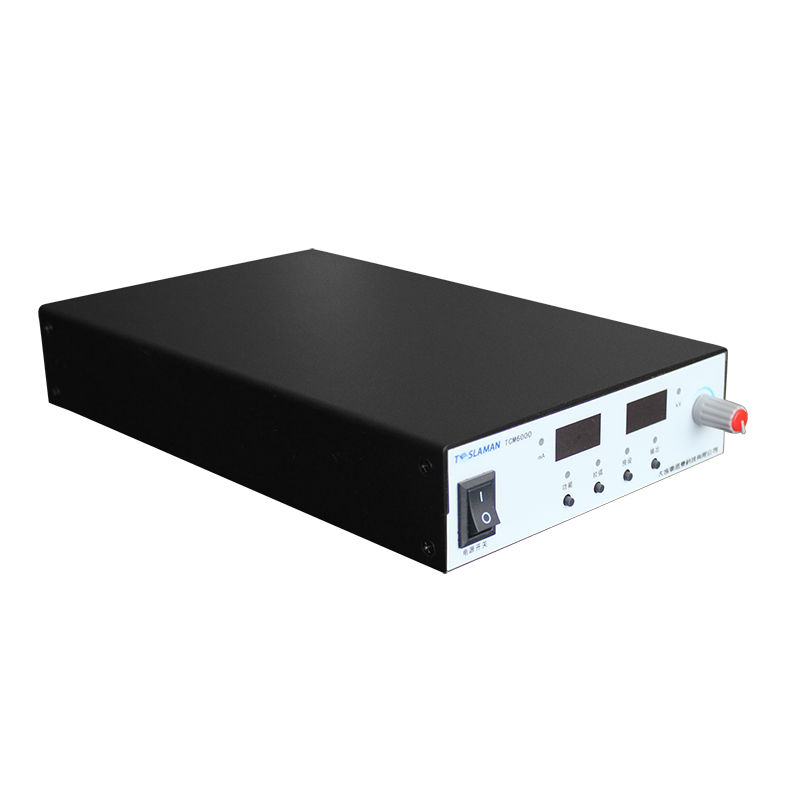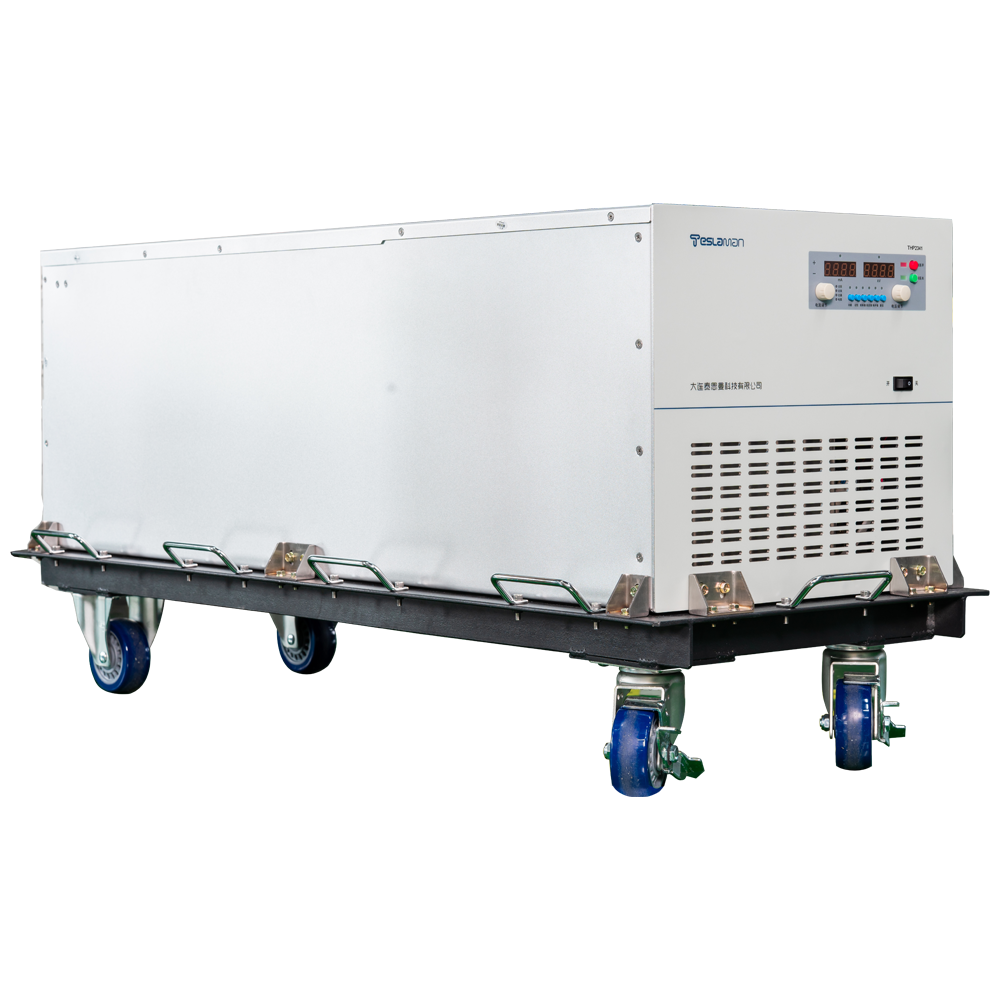Precision Control Technology for High-Voltage Power Supplies in Electron Microscopy
Electron microscopy (EM), a core tool for nanoscale observation, relies fundamentally on the stability of its high-voltage power supply. The power supply provides acceleration voltage (typically ranging from kilovolts to hundreds of kilovolts) to the electron gun, controlling the energy and focus precision of the electron beam. Voltage fluctuations exceeding 0.01% can cause image blurring, making precision control technology decisive for EM performance.
Core Technologies for Precision Control
Ultra-Low Ripple and High Stability
EM imaging requires a power supply with ripple coefficients below 10 ppm (parts per million) and stability better than 10 ppm. For example, a 200 kV power supply must limit output voltage fluctuations to within ±2 V to prevent electron beam energy drift from affecting image clarity. This is achieved through:
Digital Feedback Control: Real-time voltage monitoring combined with PID algorithms and isolated amplification to suppress noise interference.
Material and Process Innovations: Specialized insulating gases address high-voltage arcing, while optimized voltage equalization rings ensure micron-scale electron beam channels remain unobstructed.
Dynamic Response and Load Adaptability
EM observation often requires rapid voltage switching to accommodate diverse samples. High-performance power supplies must deliver:
Millisecond Response: Instantaneous charge/discharge currents up to 400 mA for capacitive loads (e.g., piezoelectric ceramics), with step response times ≤0.1 ms.
Multi-Channel Synchronization: Integrated supplies synchronize outputs for multi-electrode systems (e.g., accelerator and suppressor voltages), with channel independence and errors <0.001%.
Challenges and Innovations
High-Voltage Breakdown and Thermal Management
Voltages above 120 kV risk vacuum arcing in electron guns. Breakthroughs include:
Gas Insulation Optimization: Gases like sulfur hexafluoride (SF₆) enhance dielectric strength to prevent breakdown.
Compact Thermal Design: Microchannel liquid cooling reduces temperature drift to 1 ppm/°C in 5000 W modules sized at 132×480×480 mm³.
Noise Immunity and Long-Term Stability
EM environments face electromagnetic interference. Solutions involve:
Optocoupler Phase-Splitting Isolation: Separates low-voltage control and high-voltage output to block common-mode noise.
Redundant Protection: Triple safeguards (over-voltage, over-current, arc protection) enable 24/7 operation for >100,000 hours.
Future Trends: Intelligence and Integration
AI-Driven Precision Control
Machine learning algorithms predict load changes and dynamically adjust parameters, optimizing voltage curves based on imaging feedback.
Modular Scalability
Multi-channel architectures (>100 channels) for piezoelectric deformable mirrors reduce power consumption by 30%.
Conclusion
Precision control of EM high-voltage power supplies is an interdisciplinary challenge spanning power electronics, materials science, and algorithm design. With domestic technologies achieving 10 ppm stability, China is advancing toward autonomy in high-end EM components. Future developments in intelligence and integration will further push EM toward atomic-scale resolution.




















